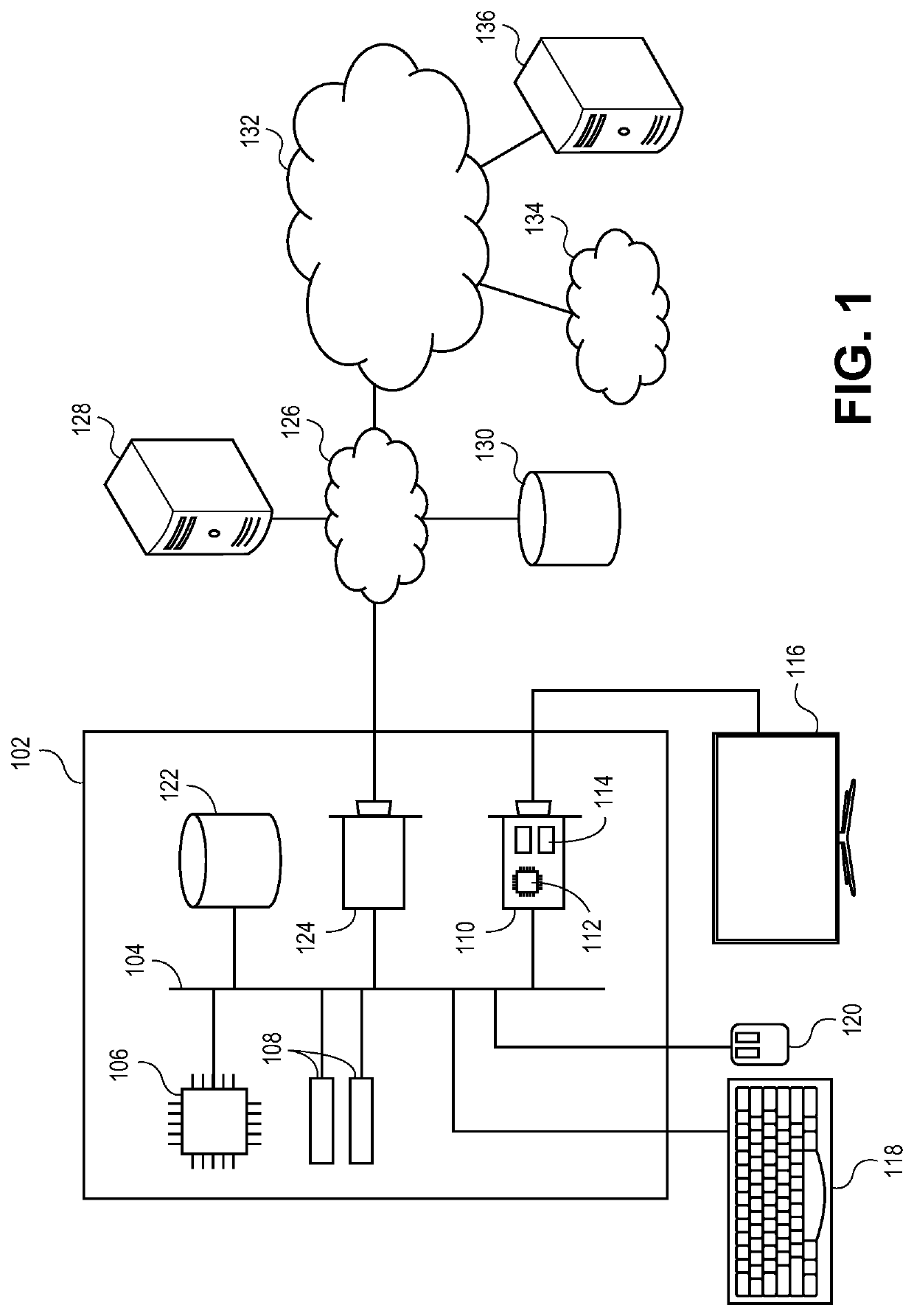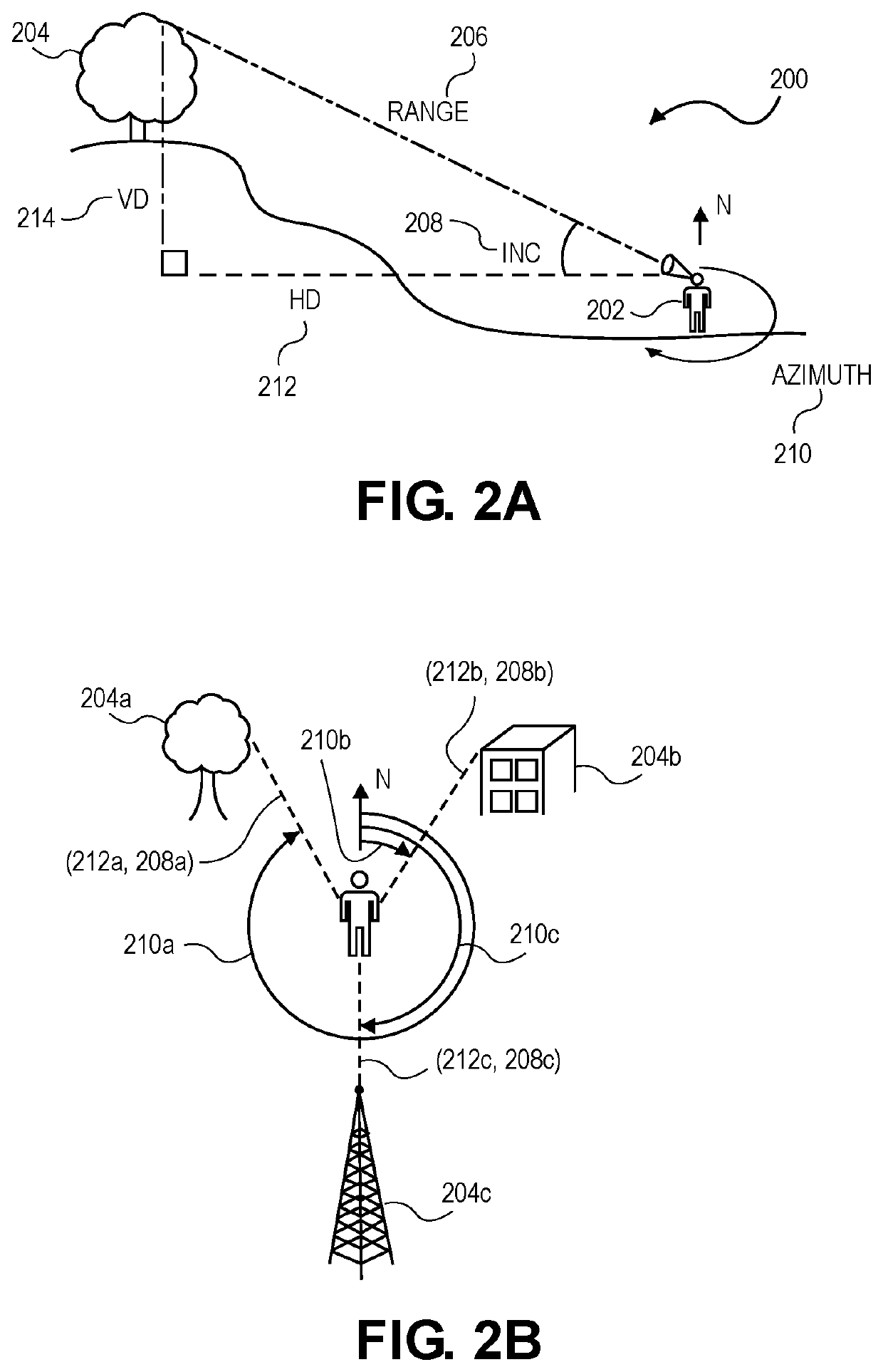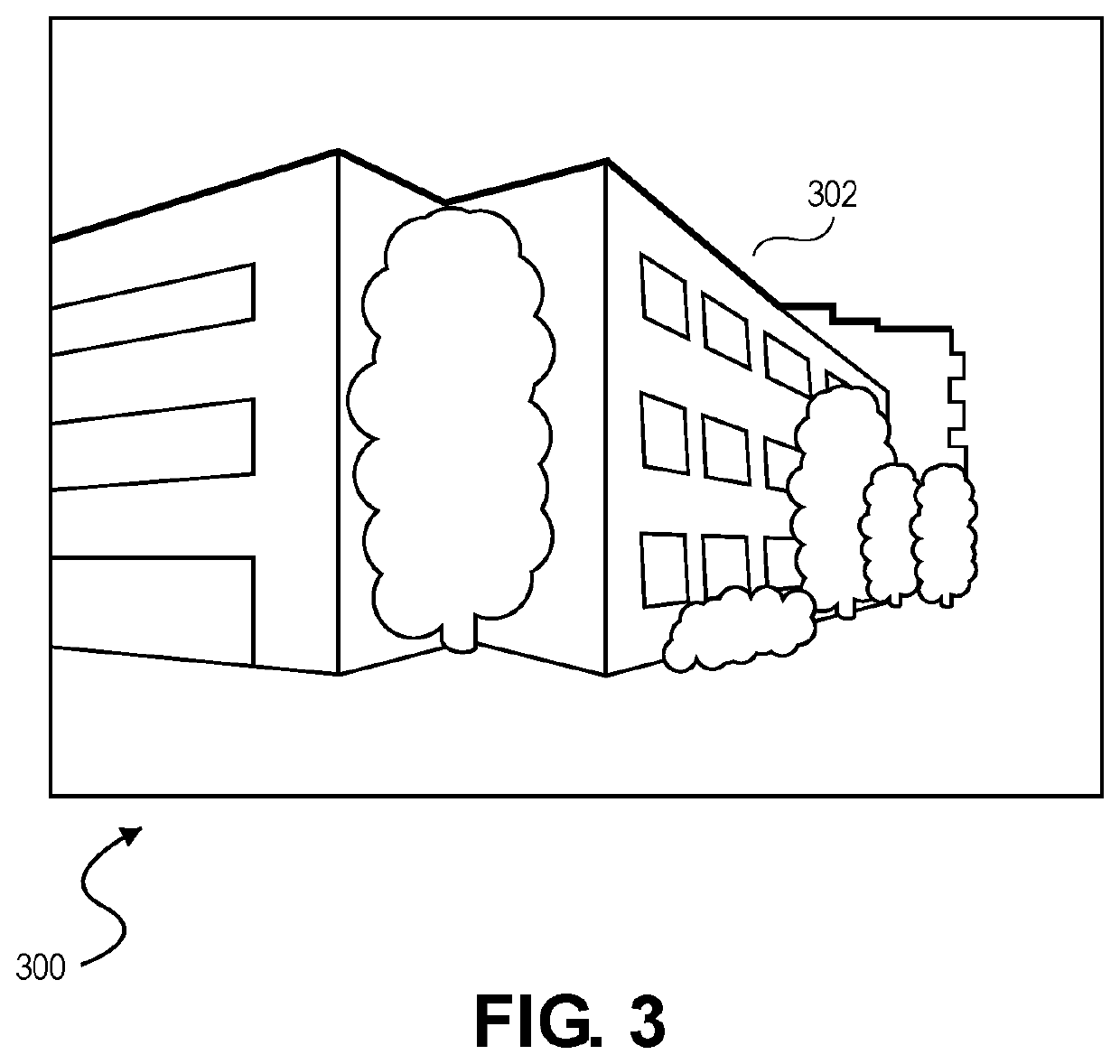Gps-denied geolocation
a geolocation and GPS technology, applied in the field of geolocation, can solve the problems of time-consuming manual methods and inability to obtain gps information, and achieve the effect of determining quickly and accurately
- Summary
- Abstract
- Description
- Claims
- Application Information
AI Technical Summary
Benefits of technology
Problems solved by technology
Method used
Image
Examples
Embodiment Construction
[0018]At a high level, embodiments of the invention perform geolocation in environments where GPS may be degraded or unavailable. In particular, embodiments of the invention can determine the operator's precise location based on measured distances and angles to unknown points. Unlike previous geolocation techniques based on triangulation or trilateration, no landmarks are required. Instead, an operator can determine a precise location using only the azimuth, inclination and distance (or, in some embodiments, any two of these three measurements) to a set of arbitrarily selected points on the visible horizon or sub-horizon. In this way, an operator can quickly and conveniently determine their location in GPS-denied environments without requiring time-consuming resection techniques.
[0019]The subject matter of embodiments of the invention is described in detail below to meet statutory requirements; however, the description itself is not intended to limit the scope of claims. Rather, the...
PUM
 Login to View More
Login to View More Abstract
Description
Claims
Application Information
 Login to View More
Login to View More - Generate Ideas
- Intellectual Property
- Life Sciences
- Materials
- Tech Scout
- Unparalleled Data Quality
- Higher Quality Content
- 60% Fewer Hallucinations
Browse by: Latest US Patents, China's latest patents, Technical Efficacy Thesaurus, Application Domain, Technology Topic, Popular Technical Reports.
© 2025 PatSnap. All rights reserved.Legal|Privacy policy|Modern Slavery Act Transparency Statement|Sitemap|About US| Contact US: help@patsnap.com



